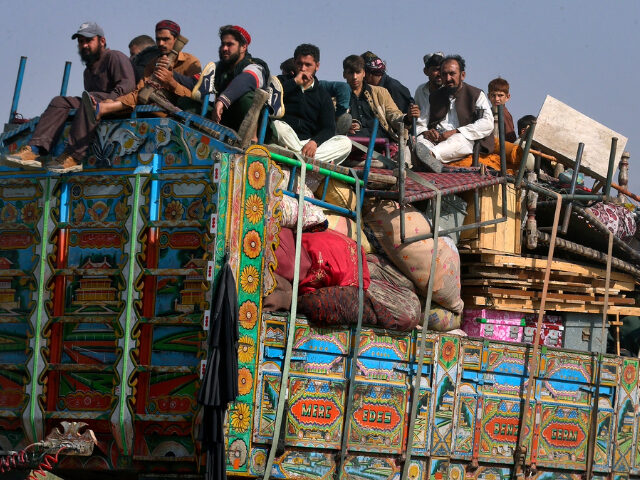The U.N. International Organization for Migration (IOM) reported a substantial increase in traffic across the borders of Afghanistan in the second quarter of 2024. More than 532,000 people departed the country, while more than 858,000 entered it.
IOM proposed some obvious explanations for the people streaming out of Afghanistan — including economic opportunity and safety in other countries — plus common reasons for travel from any country — such as visiting family abroad. IOM said about 80 percent of the emigrants it spoke to cited poor economic conditions as their main reason for leaving Afghanistan.
The U.S. State Department said Thursday that it was attempting to process Afghan applications for relocation to the United States more quickly.
State Department deputy spokesman Vedant Patel said:
For Afghan allies and partners who may be eligible for relocation to the United States through the various sort of pathways that may exist, whether it be SIVs [Speacial Immigrant Visas] or others, we continue to focus on doing everything we can to process those applicants as swiftly as possible.
“We, of course, appreciate the partnership of certain host countries, in this case of Pakistan, and we’ll continue to do everything we can to process those quickly and efficiently,” Patel added.
The inflow of people to Afghanistan was largely due to refugees who had been ejected from other countries and had no choice but to return.
“My husband and I worked together. When we became unemployed, we illegally went to Iran, stayed there for two years, and then returned to Afghanistan. Now, we have no job or place to live and no food to eat,” one such refugee told Afghanistan’s Amu TV on Friday.
The homes of some Afghan migrants in the Iranian city of Khur were burned on Friday after an Afghan national allegedly murdered an Iranian man.
The victim was a 62-year-old restaurant owner who was allegedly killed by his 17-year-old apprentice. The apprentice has not been officially identified but is widely believed to be from Afghanistan.
Tensions over Afghan refugees have been growing in Iran ever since the Taliban seized power in 2021. A hashtag describing the deportation of Afghan refugees as a “national demand” frequently trends on Iranian social media, as do rumors blaming Afghans for ills, such as an alleged outbreak of leprosy.
Afghans have been banned from living in about half of Iran’s provinces, and Iranian officials boast of deporting hundreds of them to Afghanistan every day.
IOM previously charted a steady flow of Afghan migrants getting deported by Iran and Pakistan. Some of them have apparently returned home voluntarily, as the economies of Iran and Pakistan deteriorated.
Afghans are still considered the third largest refugee population in the world, after Syrians and Ukrainians. The U.N. refugee agency, UNHCR, says there are currently 2.6 million registered Afghan refugees in the world, 2.2 million of them living in Iran or Pakistan, plus another 3.5 million internally displaced.

COMMENTS
Please let us know if you're having issues with commenting.